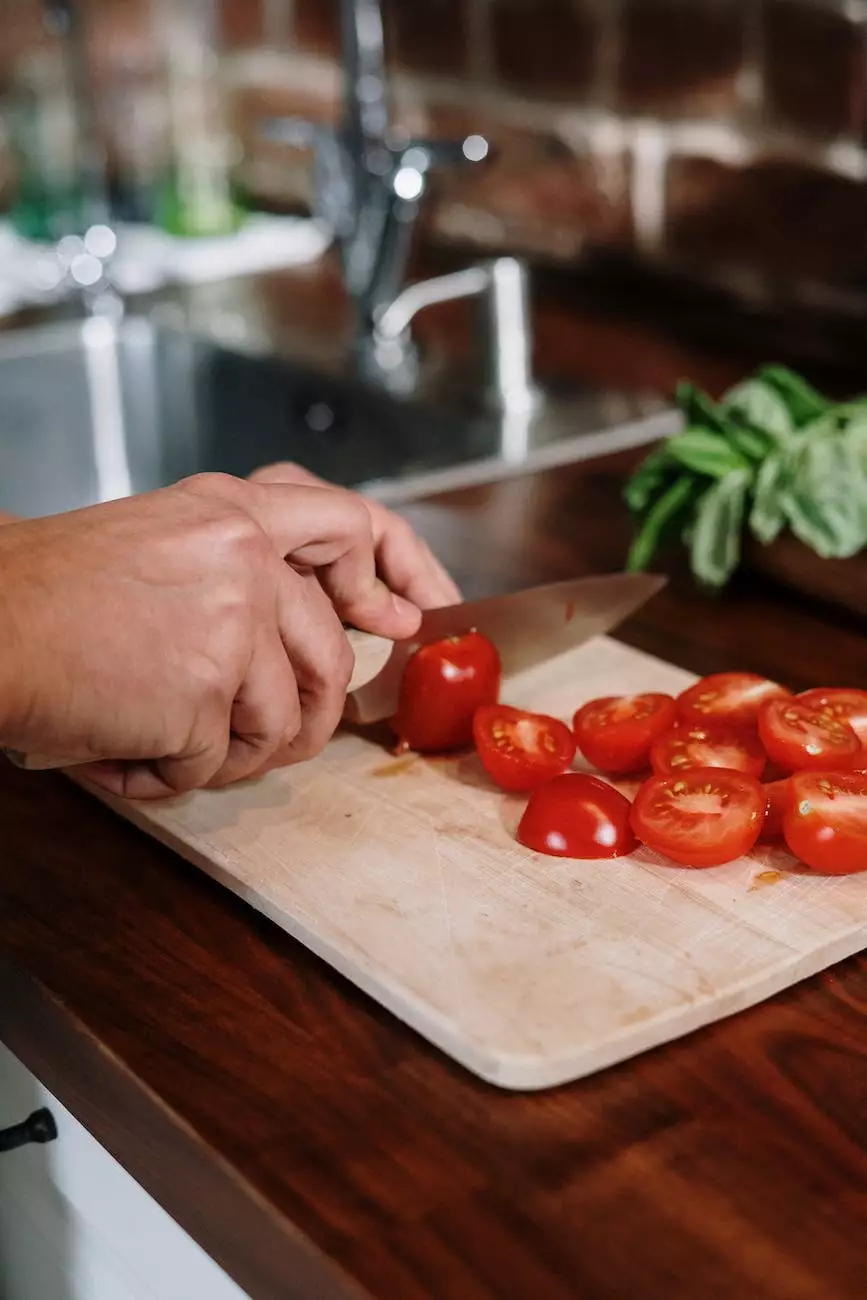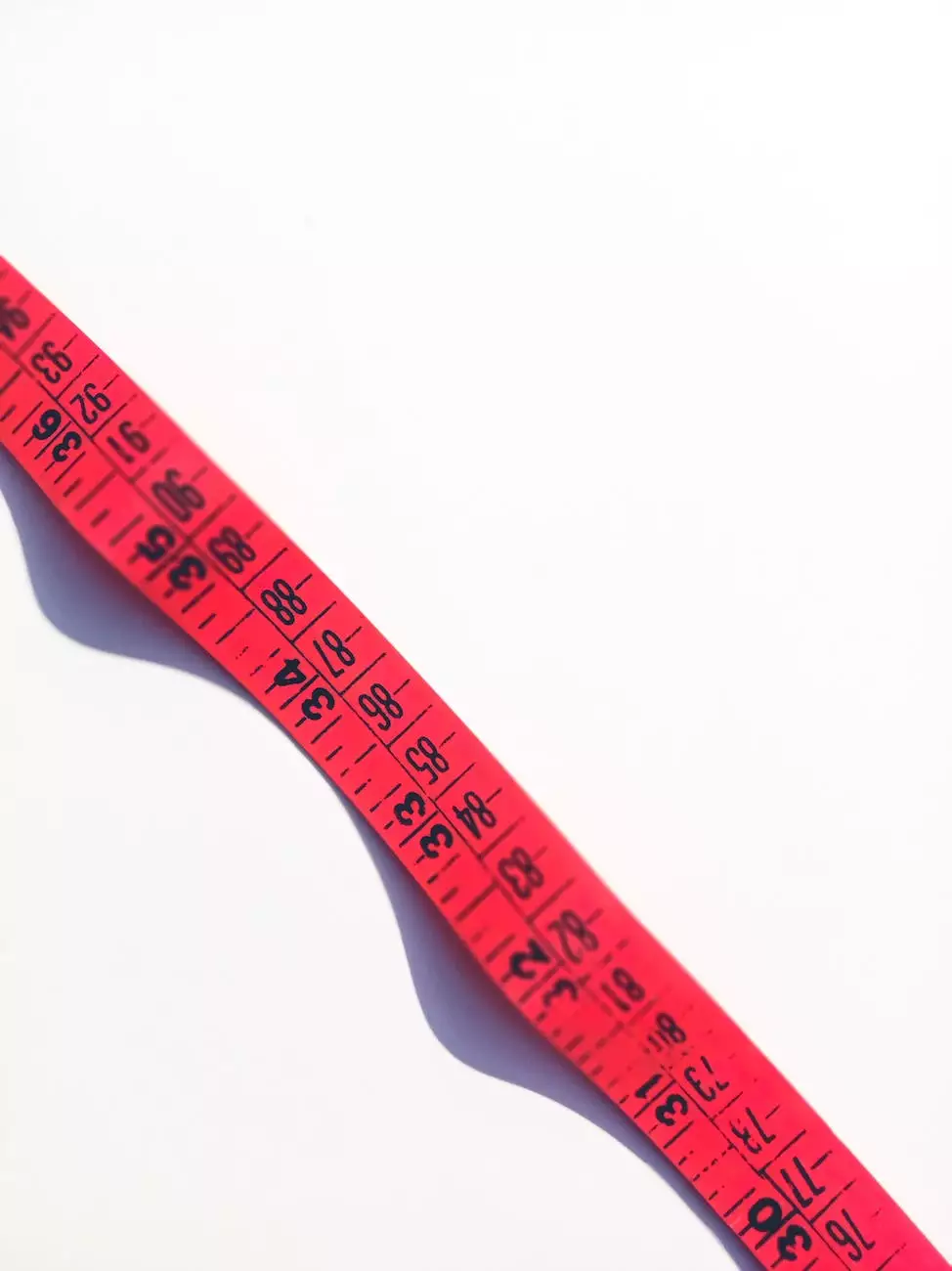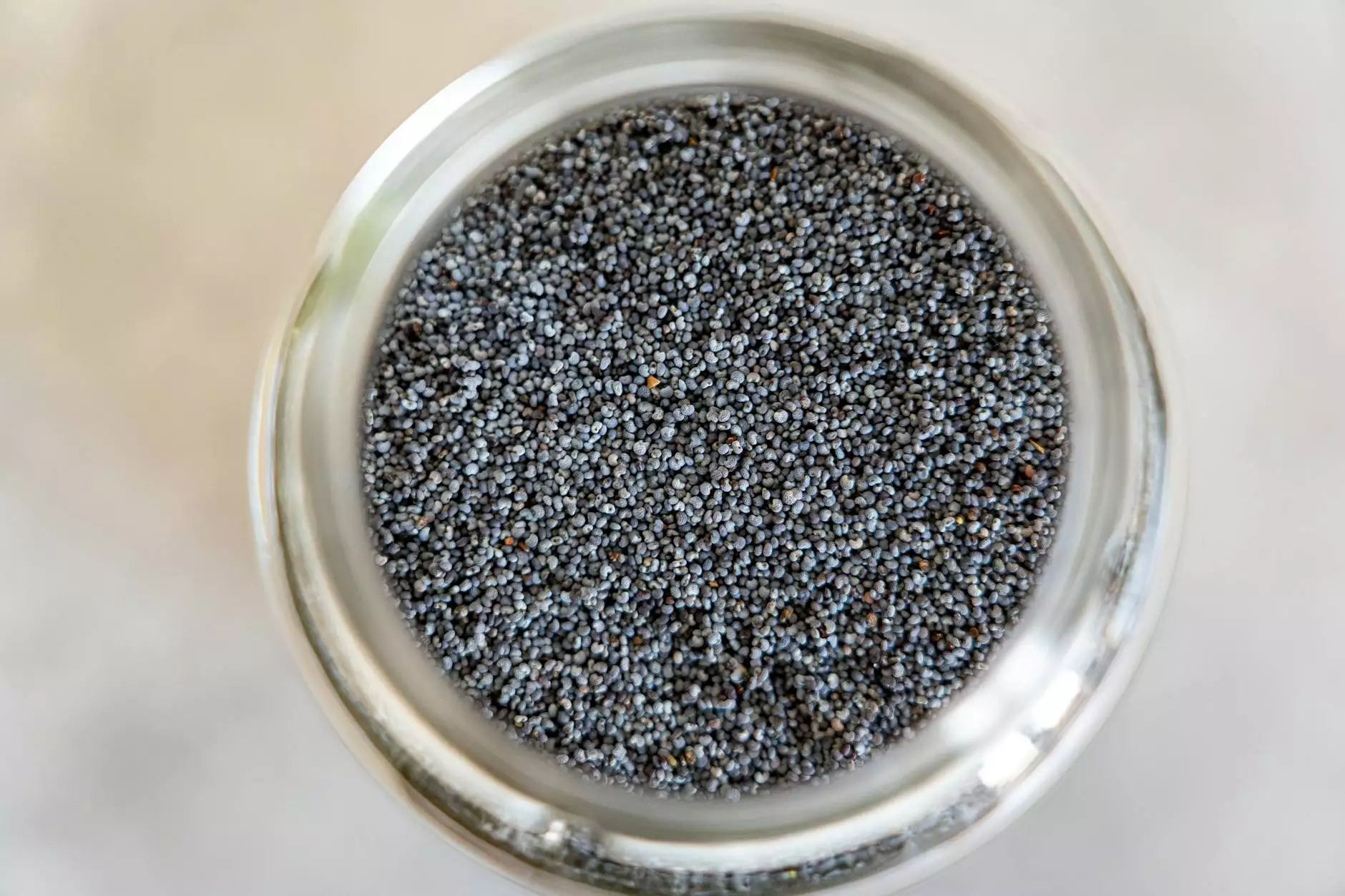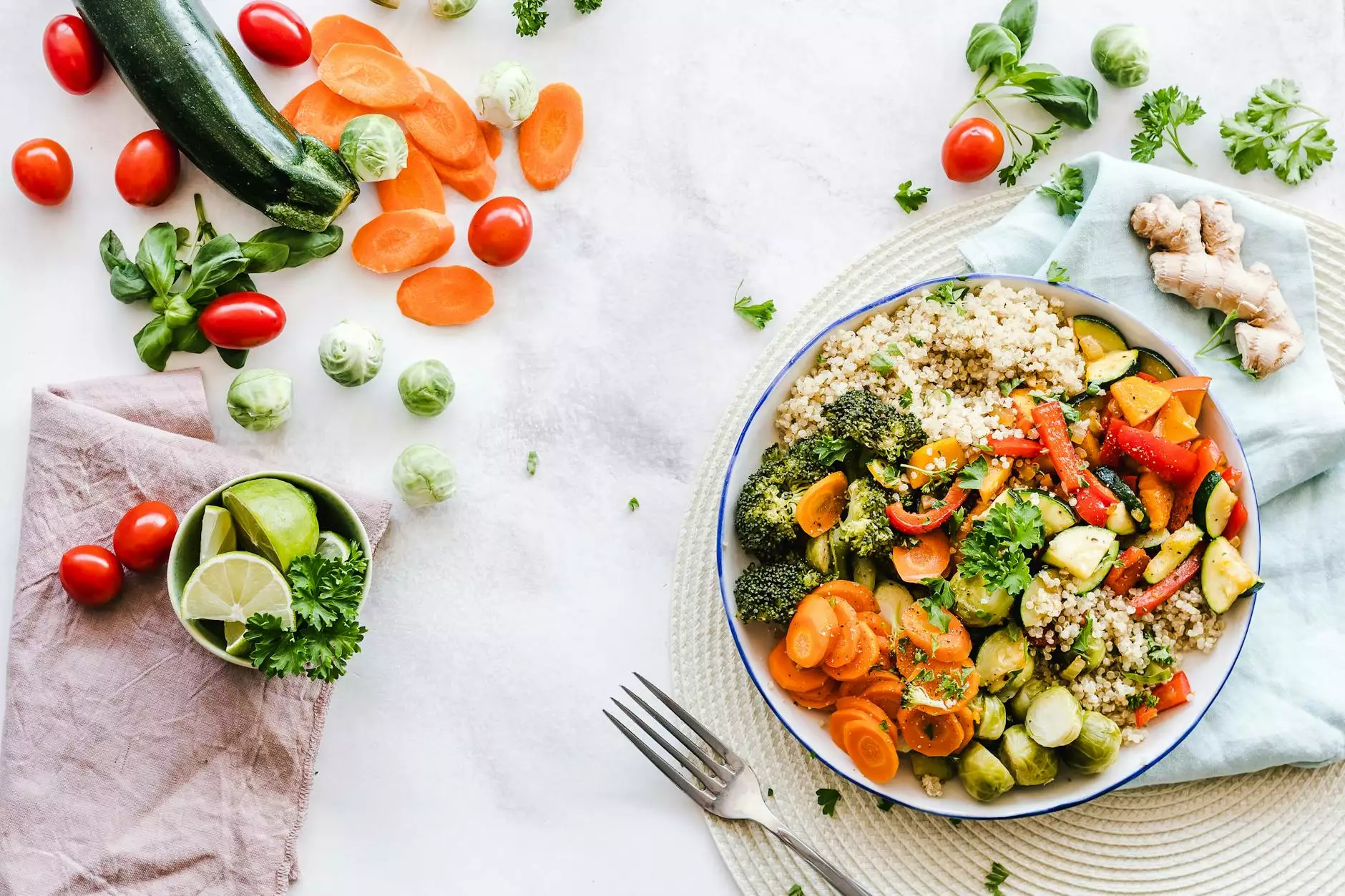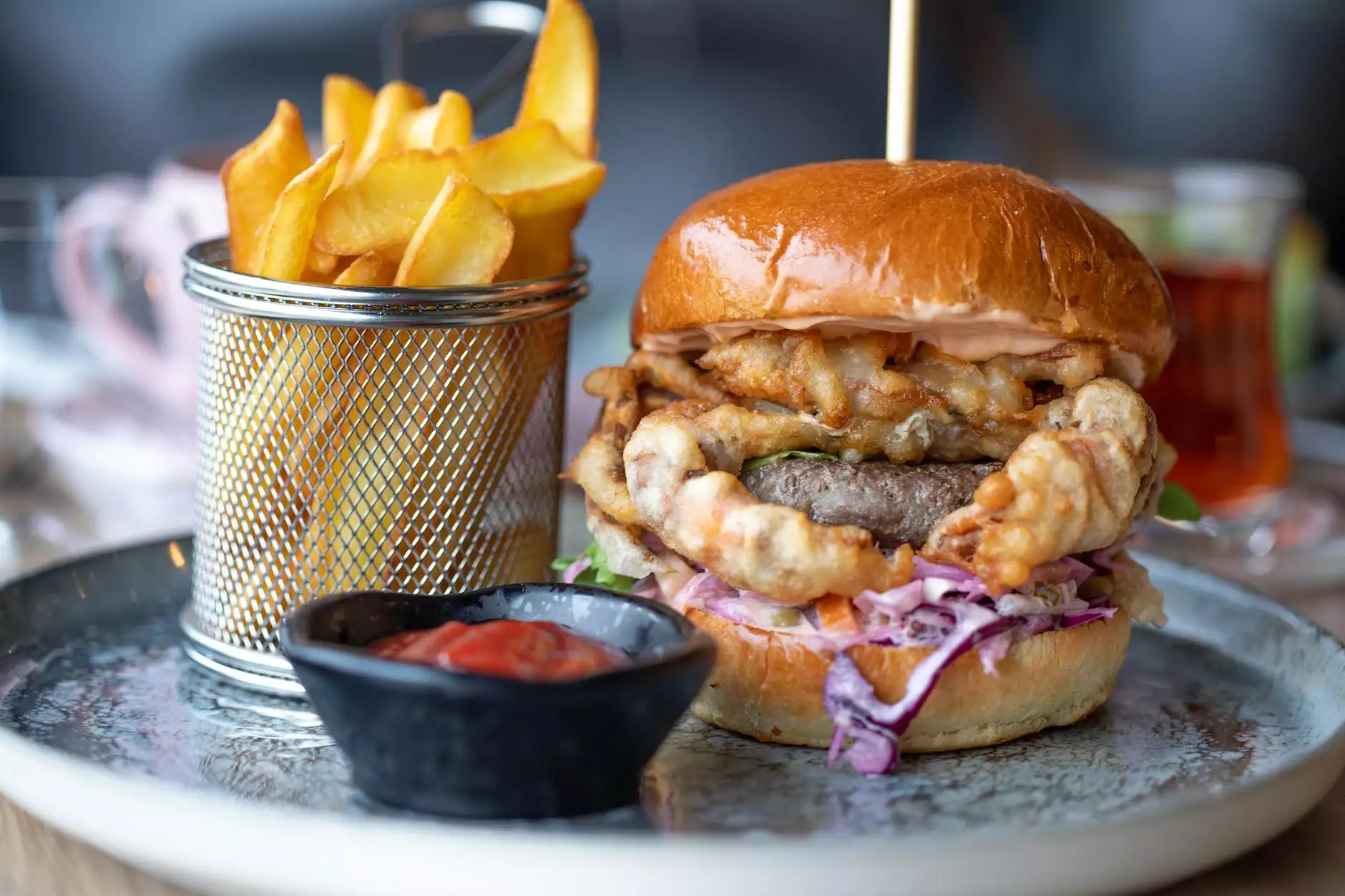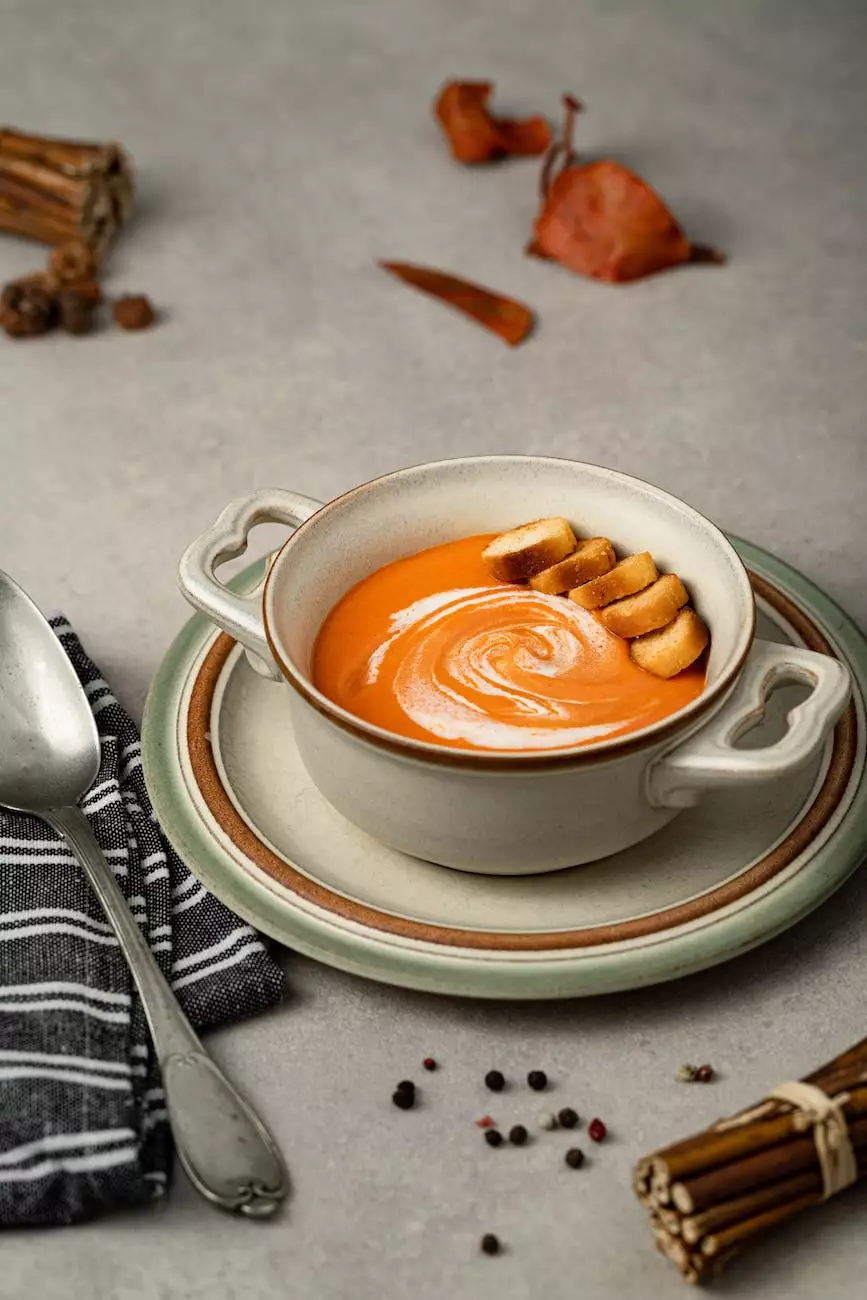Guide To Food Safety & Storage - Holistic Nutrition Therapy
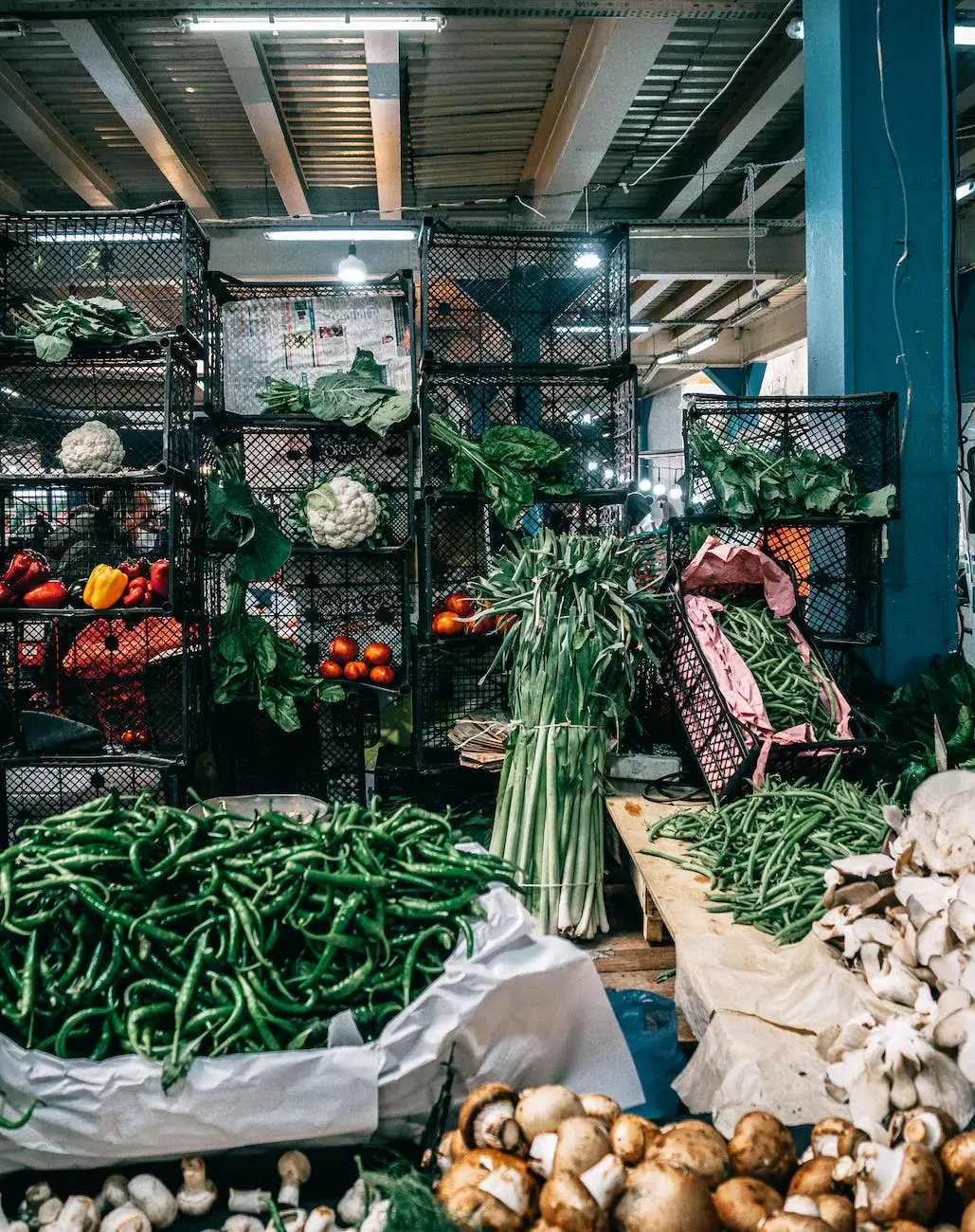
Introduction
Welcome to the comprehensive guide to food safety and storage, brought to you by Greenstem Clinic - your trusted source for holistic nutrition therapy. In this guide, we will explore the importance of food safety practices and provide you with detailed information on how to store your food for optimal nutrition and well-being.
Why is Food Safety Important?
Food safety is of utmost importance as it directly impacts our health and well-being. Unsafe food can lead to a range of foodborne illnesses, causing discomfort, health complications, and in severe cases, even death. By practicing proper food safety techniques, we can minimize the risk of contamination and ensure that the food we consume is safe for consumption.
The Basics of Food Safety
Proper food safety practices start right from the moment we purchase our groceries. It is essential to buy fresh and high-quality ingredients from reputable sources. Always check the expiration dates and look for any signs of spoilage before purchasing.
Storing Fresh Produce
Fresh produce, such as fruits and vegetables, should be properly stored to maintain their quality and nutritional value. Store them in the refrigerator's crisper drawer, preferably in their original packaging or sealed bags. Certain fruits and vegetables, like tomatoes and bananas, are best stored at room temperature rather than in the refrigerator.
Handling Raw Meat and Poultry
Raw meat and poultry can contain harmful bacteria, so it is crucial to handle them with care. Always separate raw meat from other food items, especially those that will be consumed raw, such as salads. Use separate cutting boards and utensils for raw and cooked foods to avoid cross-contamination.
Cooking Temperatures
Proper cooking temperatures are essential to kill any harmful bacteria present in the food. Invest in a reliable food thermometer and ensure that meats, poultry, and seafood are cooked to their recommended internal temperatures. This will reduce the risk of foodborne illnesses and ensure your meals are safe to consume.
Food Storage Tips
Proper food storage techniques play a vital role in maintaining the quality, flavor, and nutritional value of our food. Follow these tips to ensure you get the most out of your stored food:
Refrigerator Storage
The refrigerator is a key tool in maintaining food freshness. Keep the temperature of your refrigerator set at or below 40°F (4°C) to prevent bacteria growth. Store perishable items, like dairy products and meat, on the lower shelves to avoid any cross-contamination in case of leaks or spills. Use airtight containers or wraps to store leftovers and ensure they are consumed within the recommended timeframes.
Pantry Storage
For non-perishable items, like canned goods and dry goods, the pantry is an ideal storage space. Keep your pantry cool, dry, and well-ventilated to extend the shelf life of your food. Avoid storing items near heat sources, as this can accelerate spoilage. Check expiration dates regularly and rotate items to ensure you consume the oldest products first.
Freezer Storage
The freezer is excellent for long-term storage of perishable items. Make sure your freezer is set at or below 0°F (-18°C) to maintain the quality of frozen foods. Wrap items tightly in freezer-safe packaging to prevent freezer burn. Label items with the date of freezing to keep track of their freshness and use them within the recommended timeframes.
Conclusion
By following proper food safety practices and implementing effective storage techniques, you can enjoy safe and nutritious meals while minimizing the risk of foodborne illnesses. At Greenstem Clinic, we are committed to promoting holistic nutrition therapy and providing expert guidance to help you maintain optimal well-being. Incorporate these guidelines into your daily routine and experience the difference it can make in your overall health.


